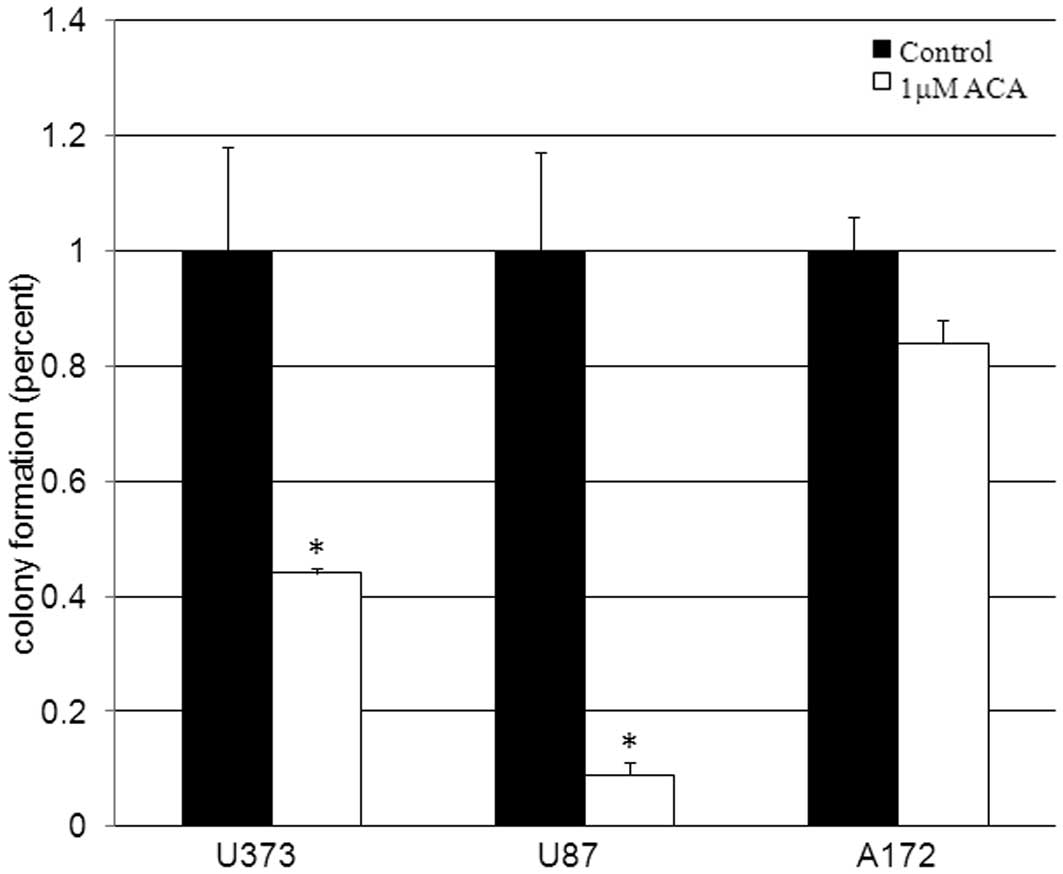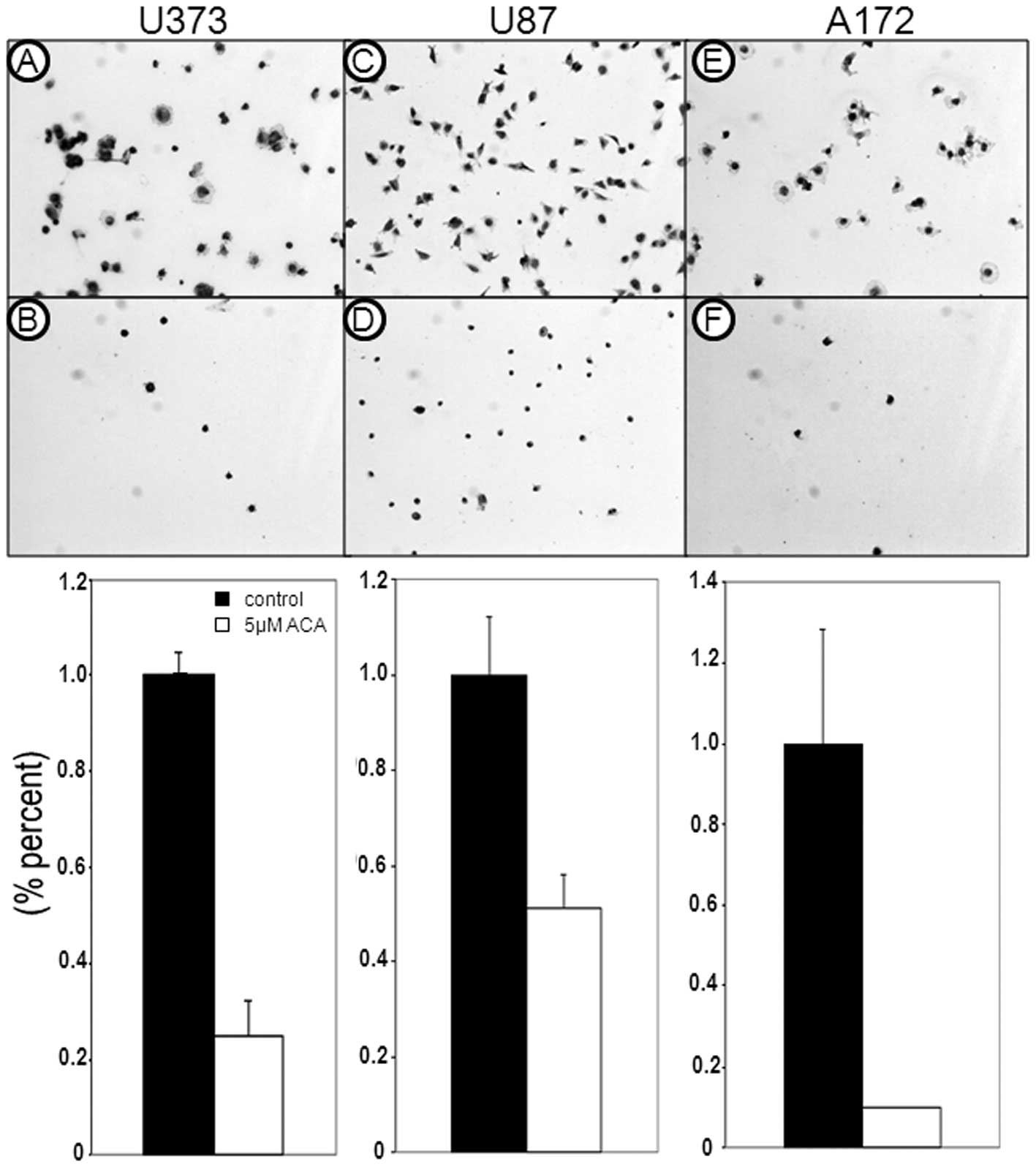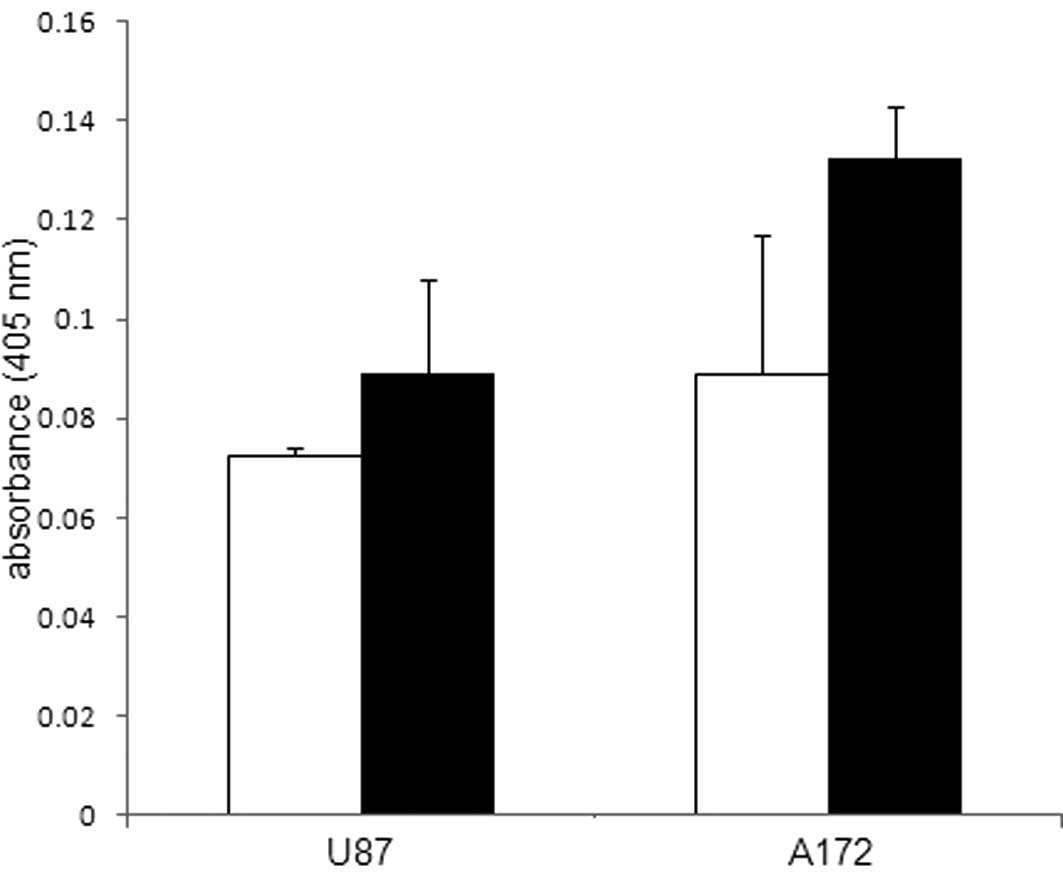|
1
|
Valko M, Rhodes CJ, Moncol J, Izakovic M
and Mazur M: Free radicals, metals and antioxidants in oxidative
stress-induced cancer. Chem Biol Interact. 160:1–40. 2006.
View Article : Google Scholar : PubMed/NCBI
|
|
2
|
Wang J and Yi J: Cancer cell killing via
ROS: to increase or decrease, that is the question. Cancer Biol
Ther. 7:1875–1884. 2008. View Article : Google Scholar : PubMed/NCBI
|
|
3
|
Acharya A, Das I, Chandhok D and Saha T:
Redox regulation in cancer: a double-edged sword with therapeutic
potential. Oxid Med Cell Longev. 3:23–34. 2010. View Article : Google Scholar : PubMed/NCBI
|
|
4
|
Cabello CM, Bair WB III and Wondrak GT:
Experimental therapeutics: targeting the redox Achilles heel of
cancer. Curr Opin Investig Drugs. 8:1022–1037. 2007.PubMed/NCBI
|
|
5
|
Fang J, Seki T and Maeda H: Therapeutic
strategies by modulating oxygen stress in cancer and inflammation.
Adv Drug Deliv Rev. 61:290–302. 2009. View Article : Google Scholar : PubMed/NCBI
|
|
6
|
Montero AJ and Jassem J: Cellular redox
pathways as a therapeutic target in the treatment of cancer. Drugs.
71:1385–1396. 2011. View Article : Google Scholar : PubMed/NCBI
|
|
7
|
Pacher P, Nivorozhkin A and Szabó C:
Therapeutic effects of xanthine oxidase inhibitors: renaissance
half a century after the discovery of allopurinol. Pharmacol Rev.
58:87–114. 2006. View Article : Google Scholar : PubMed/NCBI
|
|
8
|
Kökoglu E, Belce A, Ozyurt E and Tepeler
Z: Xanthine oxidase levels in human brain tumors. Cancer Lett.
50:179–181. 1990.
|
|
9
|
Pu PY, Lan J, Shan SB, Huang EQ, Bai Y,
Guo Y and Jiang DH: Study of the antioxidant enzymes in human brain
tumors. J Neurooncol. 29:121–128. 1996.PubMed/NCBI
|
|
10
|
Ohnishi M, Tanaka T, Makita H, et al:
Chemopreventive effect of a xanthine oxidase inhibitor,
1′-acetoxychavicol acetate, on rat oral carcinogenesis. Jpn J
Cancer Res. 87:349–356. 1996.
|
|
11
|
Tanaka T, Kawabata K, Kakumoto M, et al:
Chemoprevention of azoxymethane-induced rat colon carcinogenesis by
a xanthine oxidase inhibitor, 1′-acetoxychavicol acetate. Jpn J
Cancer Res. 88:821–830. 1997.PubMed/NCBI
|
|
12
|
Ito K, Nakazato T, Murakami A, et al:
Induction of apoptosis in human myeloid leukemic cells by
1′-acetoxychavicol acetate through a mitochondrial- and
Fas-mediated dual mechanism. Clin Cancer Res. 10:2120–2130.
2004.
|
|
13
|
Ito K, Nakazato T, Xian MJ, et al:
1′-acetoxychavicol acetate is a novel nuclear factor kappaB
inhibitor with significant activity against multiple myeloma in
vitro and in vivo. Cancer Res. 65:4417–4424. 2005.
|
|
14
|
Campbell CT, Prince M, Landry GM, Kha V
and Kleiner HE: Pro-apoptotic effects of 1′-acetoxychavicol acetate
in human breast carcinoma cells. Toxicol Lett. 173:151–160.
2007.
|
|
15
|
Moffatt J, Hashimoto M, Kojima A, et al:
Apoptosis induced by 1′-acetoxychavicol acetate in Ehrlich ascites
tumor cells is associated with modulation of polyamine metabolism
and caspase-3 activation. Carcinogenesis. 21:2151–2157. 2000.
|
|
16
|
Ito K, Nakazato T, Murakami A, Ohigashi H,
Ikeda Y and Kizaki M: 1′-Acetoxychavicol acetate induces apoptosis
of myeloma cells via induction of TRAIL. Biochem Biophys Res
Commun. 338:1702–1710. 2005.
|
|
17
|
Ichikawa H, Takada Y, Murakami A and
Aggarwal BB: Identification of a novel blocker of I kappa B alpha
kinase that enhances cellular apoptosis and inhibits cellular
invasion through suppression of NF-kappa B-regulated gene products.
J Immunol. 174:7383–7392. 2005. View Article : Google Scholar
|
|
18
|
Muangnoi P, Lu M, Lee J, et al:
Cytotoxicity, apoptosis and DNA damage induced by Alpinia
galanga rhizome extract. Planta Med. 73:748–754. 2007.
View Article : Google Scholar : PubMed/NCBI
|
|
19
|
Higashida M, Xu S, Kojima-Yuasa A, et al:
1′-Acetoxychavicol acetate-induced cytotoxicity is accompanied by a
rapid and drastic modulation of glutathione metabolism. Amino
Acids. 36:107–113. 2009.
|
|
20
|
Wu WS: The signaling mechanism of ROS in
tumor progression. Cancer Metastasis Rev. 25:695–705. 2006.
View Article : Google Scholar : PubMed/NCBI
|
|
21
|
Wu WS, Wu JR and Hu CT: Signal cross talks
for sustained MAPK activation and cell migration: the potential
role of reactive oxygen species. Cancer Metastasis Rev. 27:303–314.
2008. View Article : Google Scholar : PubMed/NCBI
|
|
22
|
Naik E and Dixit VM: Mitochondrial
reactive oxygen species drive proinflammatory cytokine production.
J Exp Med. 208:417–420. 2011. View Article : Google Scholar : PubMed/NCBI
|
|
23
|
Saidi A, Hagedorn M, Allain N, et al:
Combined targeting of interleukin-6 and vascular endothelial growth
factor potently inhibits glioma growth and invasiveness. Int J
Cancer. 125:1054–1064. 2009. View Article : Google Scholar : PubMed/NCBI
|
|
24
|
Li R, Li G, Deng L, Liu Q, Dai J, Shen J
and Zhang J: IL-6 augments the invasiveness of U87MG human
glioblastoma multiforme cells via up-regulation of MMP-2 and
fascin-1. Oncol Rep. 23:1553–1559. 2010.PubMed/NCBI
|
|
25
|
Liu Q, Li G, Li R, et al: IL-6 promotion
of glioblastoma cell invasion and angiogenesis in U251 and T98G
cell lines. J Neurooncol. 100:165–176. 2010. View Article : Google Scholar : PubMed/NCBI
|
|
26
|
Michaud-Levesque J, Bousquet-Gagnon N and
Béliveau R: Quercetin abrogates IL-6/STAT3 signaling and inhibits
glioblastoma cell line growth and migration. Exp Cell Res.
318:925–935. 2012. View Article : Google Scholar : PubMed/NCBI
|
|
27
|
Tanriverdi T, Hanimoglu H, Kacira T, et
al: Glutathione peroxidase, glutathione reductase and protein
oxidation in patients with glioblastoma multiforme and transitional
meningioma. J Cancer Res Clin Oncol. 133:627–633. 2007. View Article : Google Scholar
|
|
28
|
Dokic I, Hartmann C, Herold-Mende C and
Régnier-Vigouroux A: Glutathione peroxidase 1 activity dictates the
sensitivity of glioblastoma cells to oxidative stress. Glia.
60:1785–1800. 2012. View Article : Google Scholar : PubMed/NCBI
|
|
29
|
Atukeren P, Kemerdere R, Kacira T, et al:
Expressions of some vital molecules: glioblastoma multiforme versus
normal tissues. Neurol Res. 32:492–501. 2010. View Article : Google Scholar : PubMed/NCBI
|
|
30
|
In LL, Arshad NM, Ibrahim H, Azmi MN,
Awang K and Nagoor NH: 1′-Acetoxychavicol acetate inhibits growth
of human oral carcinoma xenograft in mice and potentiates cisplatin
effect via proinflammatory microenvironment alterations. BMC
Complement Altern Med. 12:1792012.
|
|
31
|
Bissonnette CJ, Klegeris A, McGeer PL and
McGeer EG: Interleukin 1alpha and interleukin 6 protect human
neuronal SH-SY5Y cells from oxidative damage. Neurosci Lett.
361:40–43. 2004. View Article : Google Scholar : PubMed/NCBI
|
















